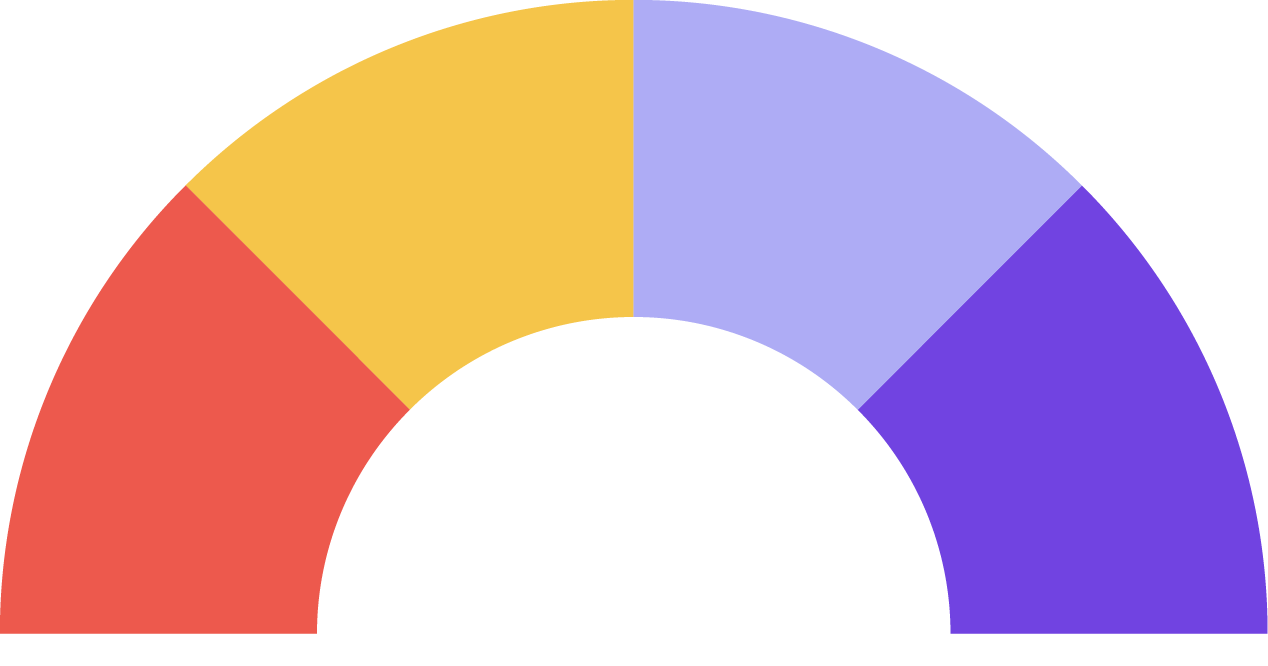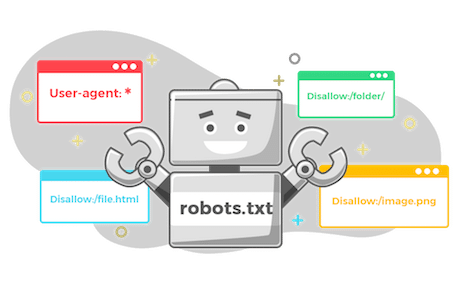Remember when Google Discover was that quiet corner of your phone where articles just… appeared?
Cute, but kind of boring.
Well, not anymore. Google’s decided to throw a little party in there, and the guest list just expanded to include your favorite Instagram posts, spicy X threads, and even YouTube Shorts.
Translation?
Discover isn’t just “that feed under Chrome” anymore. It’s evolving into a mash-up of news app meets social feed — and that has big implications for how brands and creators show up.
Article Summary
- Google added Follow buttons for creators and publishers inside Discover.
- Tap a source and you’ll now see a dedicated page filled with their stuff — articles, videos, socials.
- Discover is rolling out social media posts from Instagram, X, and YouTube Shorts (with more platforms on the way).
- User choice is the star here: follows = direct signals to Google about what people want to see.
- For marketers, this means your SEO and social strategies just got married. No prenup.
What’s Actually Changing in Google Discover
Let’s cut to it.
First up: Follow buttons.
They’re front and center now. If someone taps on your name in Discover, they’ll land in a shiny new hub where your content — across formats — lives. One tap and boom, they’re following you.
That’s a level of user intent Google can’t ignore.
But the bigger shake-up?
Social content is officially moving in. Posts from Instagram, X, and YouTube Shorts are about to start sliding into Discover feeds like it’s their DMs. And Google’s not stopping there; other platforms are on deck.
So instead of just articles and blog posts, Discover is about to become a full-on buffet: a little long-form here, a little snackable social there, and plenty of video bites in between.
Why These Updates Matter
Let’s be real: Discover traffic has always been a bit like Vegas — fun when it’s flowing, but wildly unpredictable.
With Follow buttons, that might change. When users choose to see more from you, that’s a steady pipeline of eyeballs.
And then there’s brand imprinting. Imagine someone sees your how-to article, then your Reel, then your hot take thread — all in the same feed. That repetition builds recognition, and recognition builds trust. Suddenly, you’re not “some random blog they scrolled past once.” You’re everywhere.
The personalization piece is key, too. Google’s saying: “You tell us what you want.” And if you’re not producing content across formats? Guess what? Your competitors who are will look way more attractive in that feed.
What This Means for SEO and Content Strategy
Here’s the blunt truth: if you’ve been treating social like the side salad while SEO was the main course, you’re in trouble. Discover is serving the whole plate.
Your short-form content is now just as likely to drive visibility as your 2,000-word blog. And if your brand voice flips between “polished corporate article” and “chaotic social meme energy,” you’ll stick out, and not in a good way.
Follow signals? They’re basically the new backlinks.
Every time someone taps “Follow,” that’s a direct vote for your content in Google’s recommendation system. Ignore that at your own peril.
And analytics? Oh boy.
Good luck untangling whether that bump in traffic came from your article or your Instagram post in Discover. But if you can figure it out, you’ll have an edge most brands won’t.
The Bigger Picture
Google isn’t just making Discover shinier. It’s positioning it as the ultimate discovery engine. Not search, not social, but something in between.
This is another chapter in the Search Everywhere story: Platforms are blending, formats are colliding, and user attention is fragmented.
If you want to win, your brand needs to show up consistently across every format, every feed, every scroll.
Because let’s face it: If someone can’t recognize you without your logo, you don’t have a brand. You just have content.
And in this new Discover world, that’s not going to cut it.
Google’s turning Discover into a mash-up of articles, socials, and video. The question is: Will your content actually show up there?
Run your site through our free SEO Grader to see if your content systems are ready for Discover’s new era.












Leave a Reply